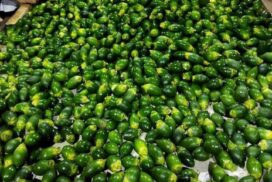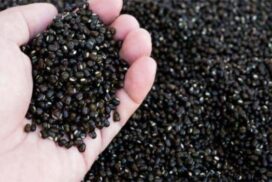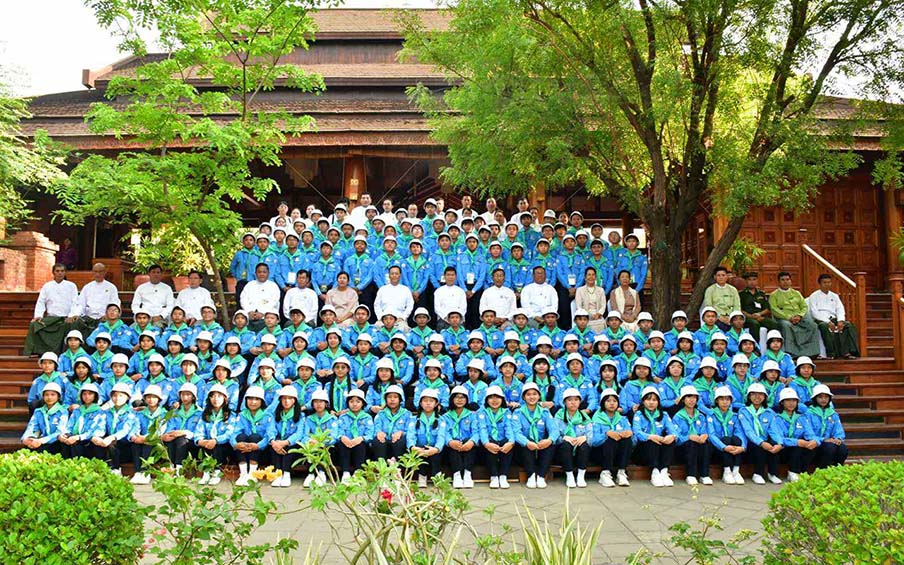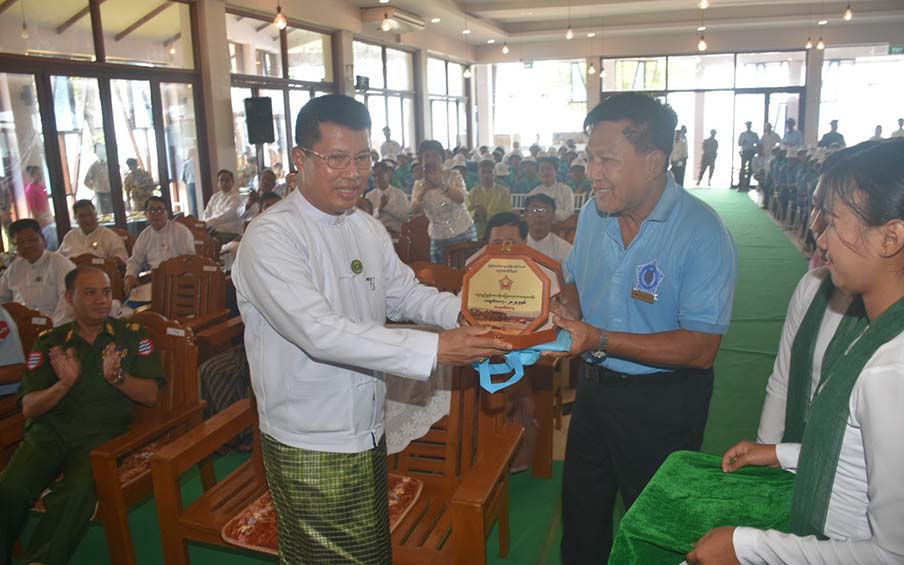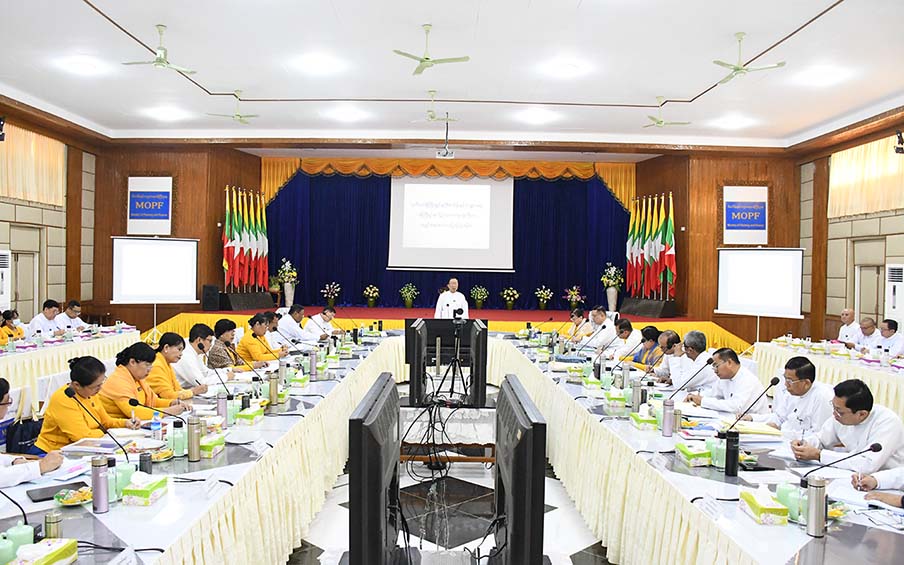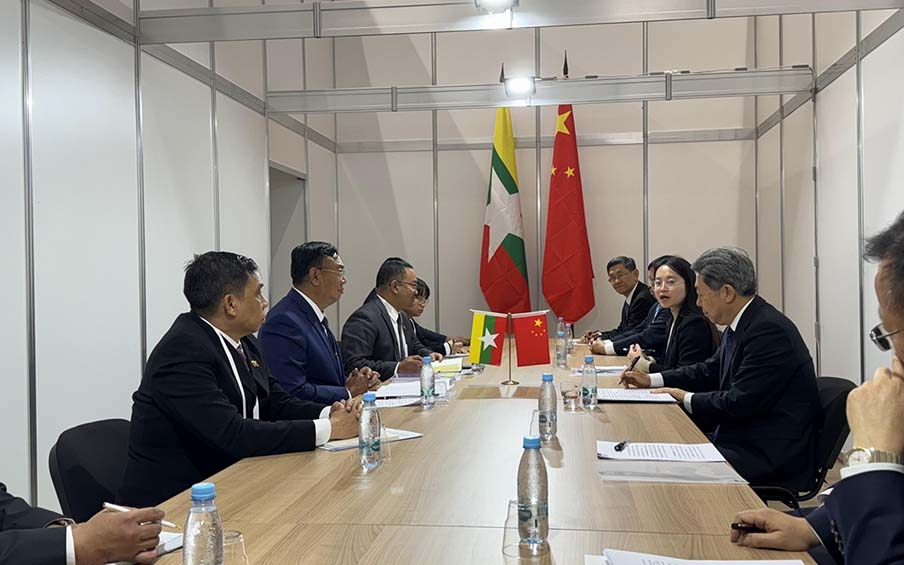Although India imposed import restrictions on green gram which were previously traded with the relaxations, it will not pose a big impact to Myanmar’s green gram market, according to the Myanmar Trade Promotion Organization.
India is the main buyer of Myanmar’s black gram and pigeon pea, whereas it constitutes only 12 per cent of overall green gram exports.
India restricted the importation of green gram to practise protectionism during the harvest time of India and intervene in the price not to fall below the minimum support price set by the State.
Despite the closure of the border posts, Myanmar’s green grams are primarily delivered to China and Singapore through maritime trade. Additionally, it is also shipped to Indonesia, Malaysia and European countries.
With the foreign market access improving, the government and the association concerned suggested the growers increase green gram acreage starting from the previous years.
India’s policy changes on green gram import will not affect Myanmar’s market so the drastic price drop is unlikely to occur, Myanmar Trade Promotion Organization analyzed.
India put limitations on the importation of green grams relaxations, according to Notification S.O 624 (E) of India’s Ministry of Commerce and Industry issued on 11 February.
For black gram and pigeon pea, India extended relaxations of conditions regarding clearance consignment until 31 March 2022. However, import restriction on the green gram as per the notification has been effective starting from 11 February.
The policy changes wreaked havoc on those green grams imported from Myanmar that have a bill of lading after 11 February.
Myanmar’s Ministry of Commerce will negotiate with its Indian counterparts through government-to-government relations.
Furthermore, the association concerned must strive for market stability and penetrate more external markets including European Union, which can offer a better price.
There are approximately 9.9 million acres of various beans and pulses across the country, with an annual production of 4.1 million tonnes. Myanmar shipped about 700,000 tonnes of green gram to 64 foreign trade partners in the 2020-2021 Financial Year.
Between 1 October 2021 and 4 February 2022 of the mini-budget period, 147,326 tonnes of green gram were delivered to the global market. Of them, 18,842 tonnes were sent to the Indian market. The prevailing prices of green gram move in the range of K1,900-K2,350 per viss (a viss equals 1.6 kilogrammes) depending on the varieties, according to Bayintnaung wholesale market data. — NN/GNLM
India’s policy changes indifferent to Myanmar green gram market
- March 01, 2022
- 692



